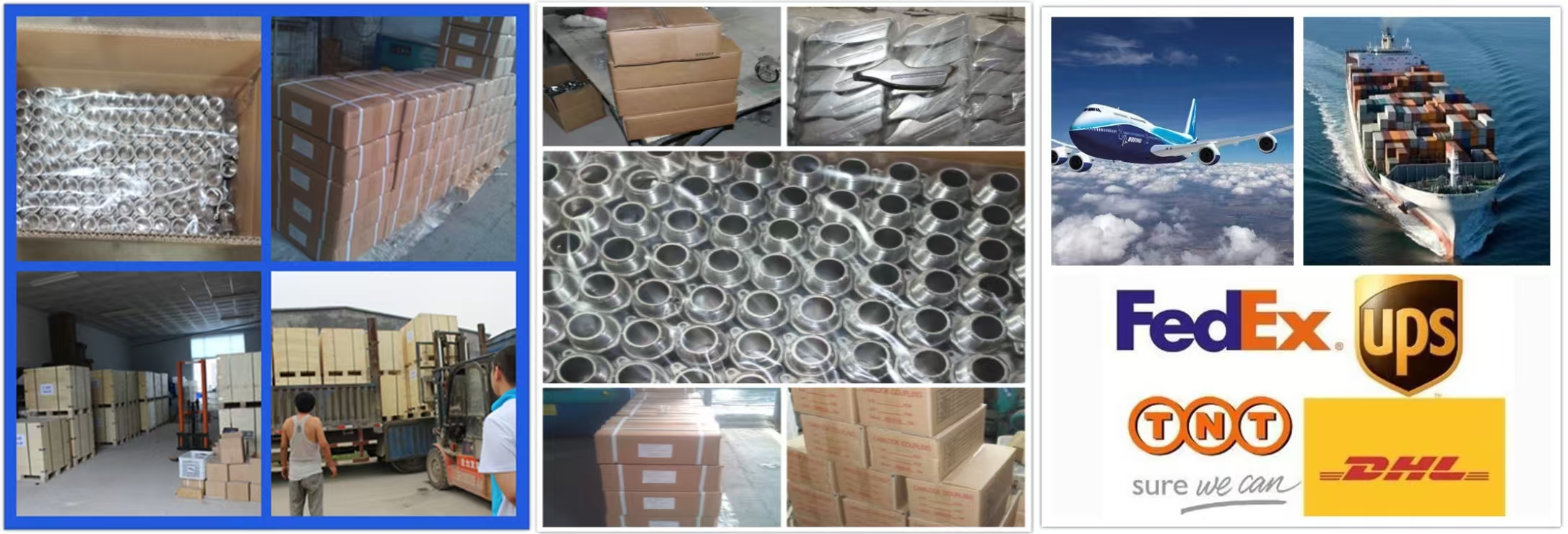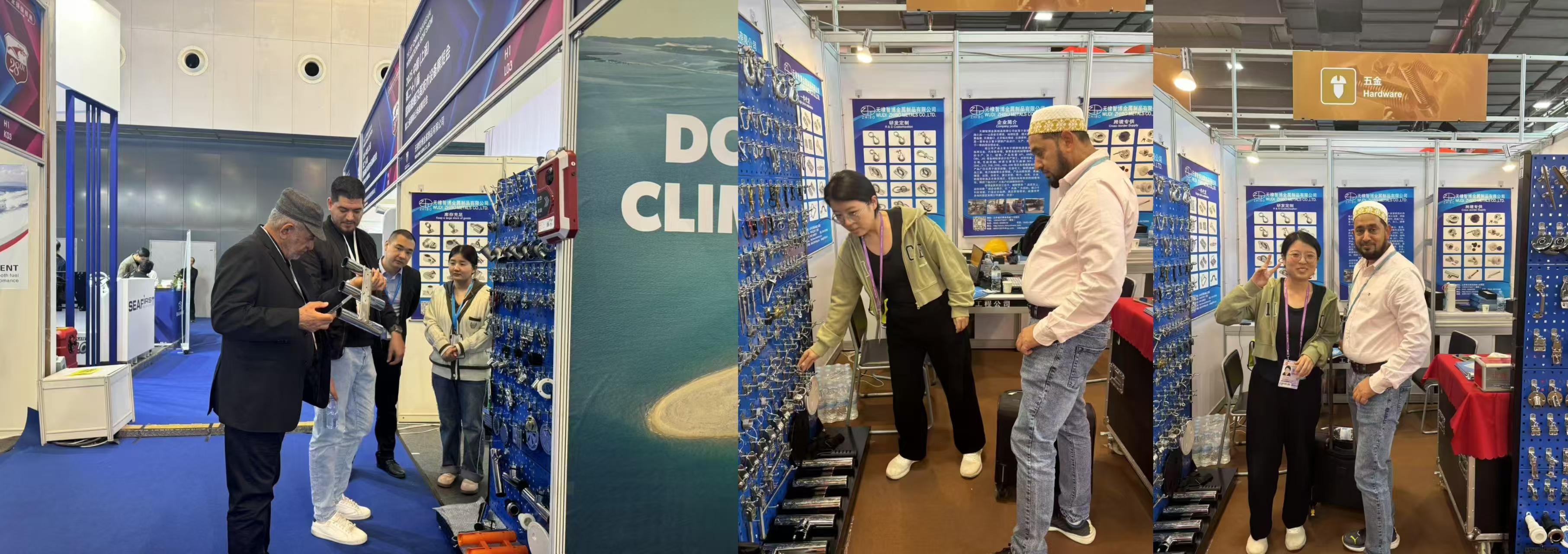Speficication of stainless steel slam latch
The slam latch is mirror polished by hand , which has shining look and smooth surface
This flush pull slam latch is perfect as handle for cabinet , drawer , ect.
This marine latch is made of SS 316 material , good performance on corrosion resistance It is precisely cast, corrosion-resistant and not prone to rust. Sturdy and durable.
The craftsmanship is rigorous. The surface is treated with high-precision polishing. Higher precision, brightness and polishing degree. Not only does it effectively prevent corrosion, but it also appears high-end and elegant.
Product Name
| Marine Latch |
| Application | Boat Hardware Fitting |
Packing
| bubble bag + carton |
| Material | SS316 |
| Lead time | 2-15 days. |




1.Question: Which stainless steel grades are food-safe?
Answer:Common safe grades: 304 (everyday use), 316 (high corrosion resistance), and 430 (budget-friendly).
2.Question: What’s the difference between 304 and 430 stainless steel?
Answer:304 has nickel (non-magnetic, more corrosion-resistant); 430 has no nickel (magnetic, lower cost).
3. Question: How to clean stainless steel without scratching it?
Answer:Use a soft cloth + mild dish soap; avoid steel wool or abrasive sponges.

































